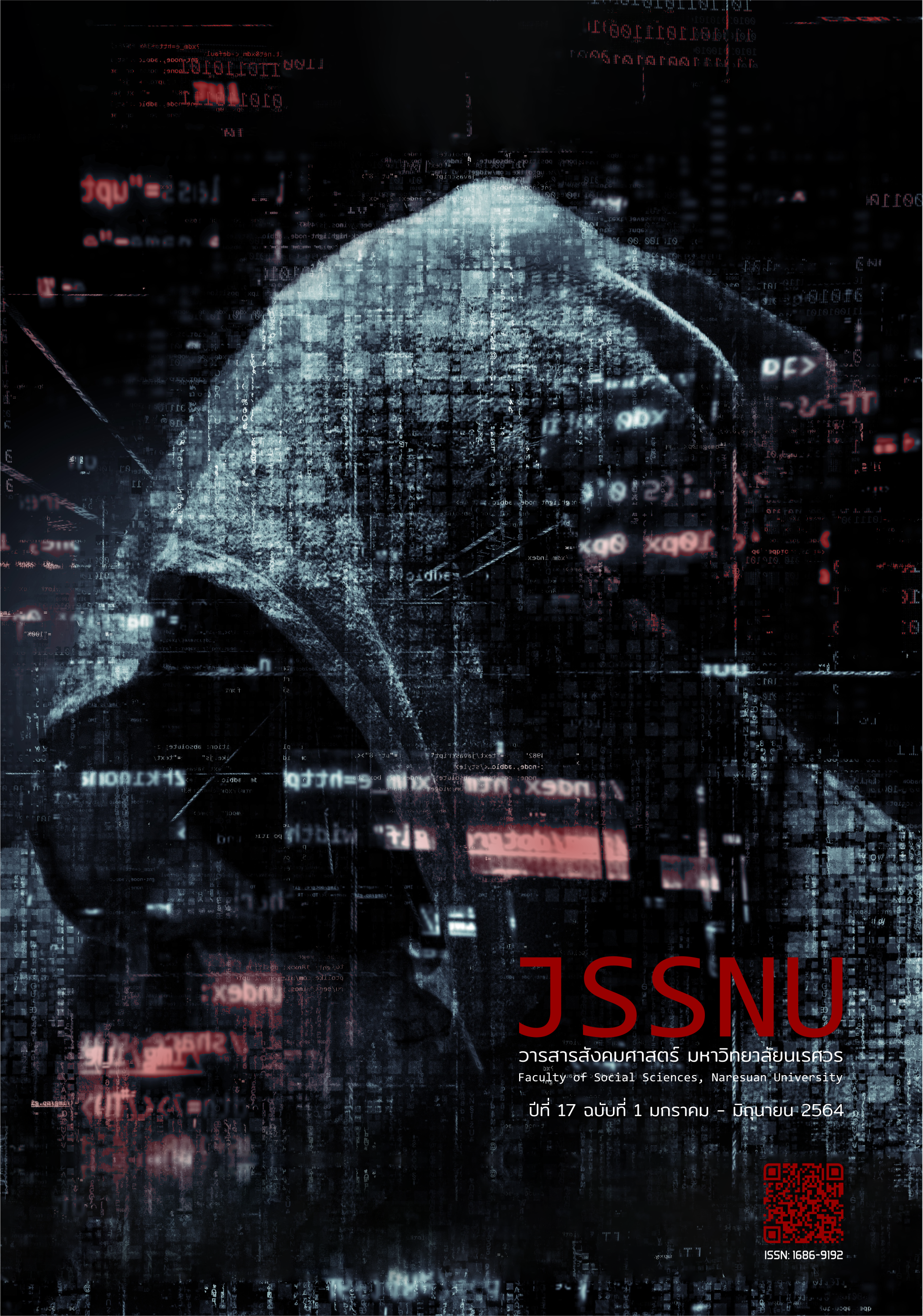Factor in Organizational Learning to Promote Learning which Affects to Support’s Levels of Learning in Naresuan University
Main Article Content
Abstract
The study of “Factor in organizational learning to promote learning which affects to support’s levels of learning in Naresuan University” aimed 1) to study the supportive staff’s level of learning at Naresuan University 2) to study the correlation between the factor in organizational learning and the supportive staff’s levels of learning 3) to reveal the discrepancy of that the supportive staff’s levels of learning among personal factors and 4) to provide suggestions on the guidelines of development in organizational learning’s factors which could gear up the supportive staff’s levels of learning in Naresuan University. This study used the qualitative approach by using the questionnaires as the instrument to collect data from supportive staff in Naresuan University. The result revealed that 1) the supportive staff’s levels of learning in Naresuan University is at the fourth level of learning (Desire to Learn). 2) 11 factor in organizational learning are significantly correlated with the fifth level of the supportive staff’s levels of learning at significant level .05. 3) the differences of person in term of age and job status are not affected on the fifth level of learning. However, the differences of person in term of faculty/department are affected on the level of learning at significant level .05. Thus, when willing gear up the level of learning of supporting staff to be at the fifth level (Enactment), this could be conducted by modifying the factor in organizational learning. This aforementioned solutions are created to support the higher level of learning in each particular person together with the value adding and leading to create the innovation of organization for gaining the advantages among the organization’s competition sustainably. However, the differences of concerning faculty/department which effect on the fifth level of learning are also under the consideration.
Downloads
Article Details
References
A Committee of College and University Examiners. (1956). Taxonomy of educational objectives. USA: David McKay Company.
Buckler, B. (1996). A learning process model to achieve continuous improvement and innovation. The Learning Organization, 3(3), 31-39.
Gephart, M. A., Marsick, V. J., Buren, M. E. V., Spiro, M. S. (1996). Learning organizations come alive. Training & Development, 50(12), 34-45.
Lorsuwannarat, T. (2005). The knowledge organization: From concept to practice (2nd ed.). Bangkok: Sat Four Printing. [in Thai].
Marquardt, M. J. (2009). Building the learning organization (B. Wichan, Trans.) Tana Press. [In Thai].
Marquardt, M. J., & Reynolds, A. (1994). The global learning organization. New York: Irwin.
Naresuan University. Division of Human Resource. (2014). Naresuan University personnel statistics. Retrieved June 9, 2014, from https://hrmis.nu.ac.th/static.aspx [in Thai].
Panphae, P. (2004). Leader and learning organization. University of the Thai Chamber of Commerce Journal, 24(3), 55-57. [in Thai].
Puvitayaphan, A. (2008). Strategic human resource development. Bangkok: HR Center. [in Thai].
Sanwong, K. (2006). A study on potential development for learning organization. The Journal of King Mongkut’s University of Technology North Bangkok, 16(3), 43-51. [in Thai].
Saridvanich, S. (2006). Modern organizational behavior: Concepts and theories. Bangkok: Thammasat University. [in Thai].
Silpjaru, T. (2009). Research & data analysis using SPSS (10th ed.). Nonthaburi: S. R. Printing. [in Thai].
Thongwan, K. (2010). The relationship of influencing factors which created the organization and an innovative organization; case study at the National Science and Technology Development Agency (NSTDA) (master’s thesis). Bangkok: Thammasat University. [in Thai].


